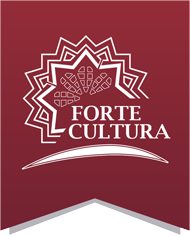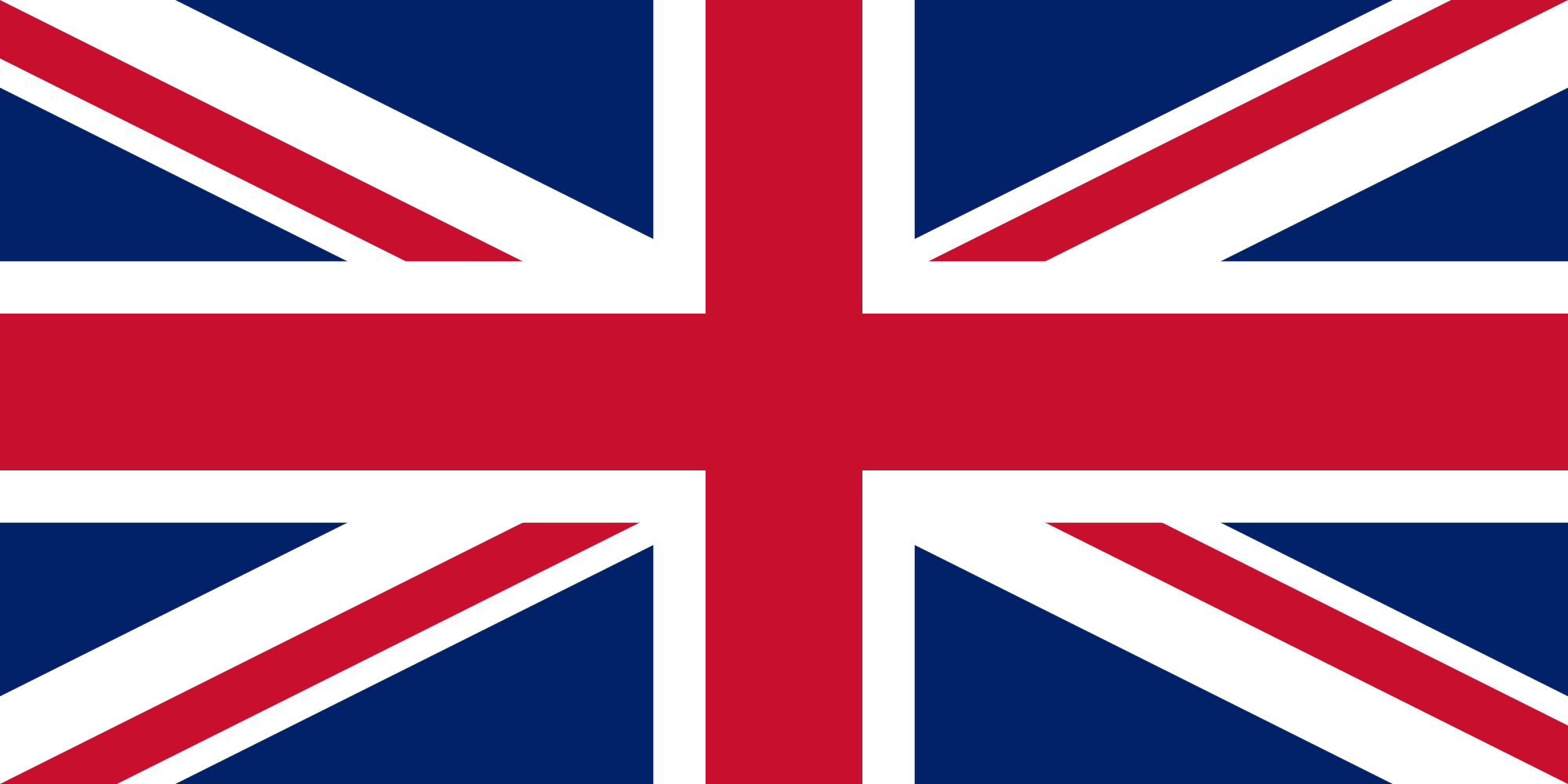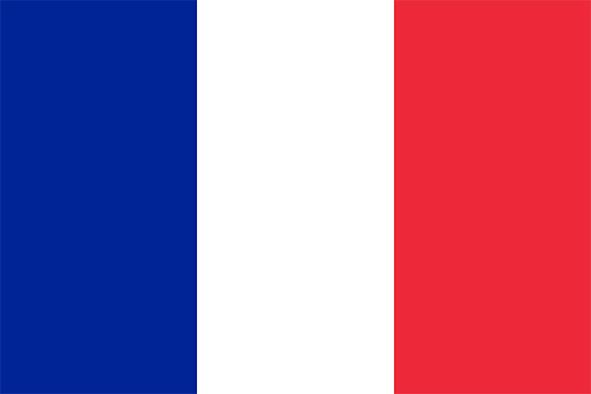The imposing fortified city Germersheim was built as „bulwark against France“ following the order of Bavarian kind Ludwig I from 1834 to 1834. Until today, the biggest Bavarian fortress outside of Bavaria shine in splendor.
Monument and History
History Since the overtaking of 30 April 1816 by the Bavarian king Maximilian I Joseph, the Palatinate belonged to Bavaria. When reclaiming the left Rhine riverside, it was decided that the Rhine has to be expanded to a strong border protection in case it comes again to military disputes with France. Therefore, the German Federation intended already in 1815/16 to expand Germersheim and the Rhine crossing with a strong fortification. In this case, the Kingdom of Bavaria remained building principal. It implemented the construction measures with funding from the German Federation, but built ultimately a Bavarian state fortress.
Quelle: City Germersheim Quelle: City Germersheim Quelle: Merian
Architecture Structure of the Fortress Germersheim Structure of the Fortress Germersheim
Quelle: Stadt Germersheim Quelle: City Germersheim Quelle: City Germersheim Quelle: ECCOFORT e.V. / OpenstreetMap Contributors
Nature Experience Fortress hiking trails around Germersheim Palatinate Forest association Germersheim: Ways through fortress and nature PWV Sondernheim: Between tread and Rhine meadows Tree lesson path – worth seeing trees in Germersheim other hiking trails Barque trips on the Old Rhine and in the Rhine meadows Gönnen Sie sich das pure Naturerlebnis in Germersheim Offers
Quelle: Tourismus Germersheim Quelle: Tourismus Germersheim Quelle: Touismus Germersheim Quelle: Tourismus Germersheim








